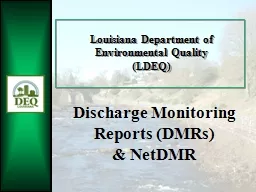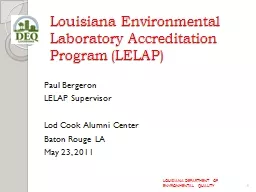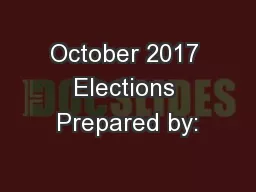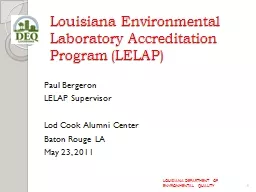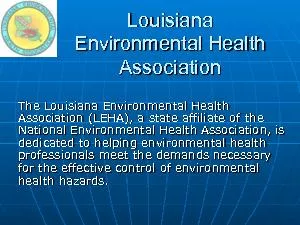PPT-Louisiana Department of Environmental Quality
Author : cheryl-pisano | Published Date : 2016-11-28
LDEQ Discharge Monitoring Reports DMRs amp NetDMR Discharge Monitoring Reports DMRs How do I report my sample results Part II of the permit requires reporting of
Presentation Embed Code
Download Presentation
Download Presentation The PPT/PDF document "Louisiana Department of Environmental Qu..." is the property of its rightful owner. Permission is granted to download and print the materials on this website for personal, non-commercial use only, and to display it on your personal computer provided you do not modify the materials and that you retain all copyright notices contained in the materials. By downloading content from our website, you accept the terms of this agreement.
Louisiana Department of Environmental Quality: Transcript
Download Rules Of Document
"Louisiana Department of Environmental Quality"The content belongs to its owner. You may download and print it for personal use, without modification, and keep all copyright notices. By downloading, you agree to these terms.
Related Documents

